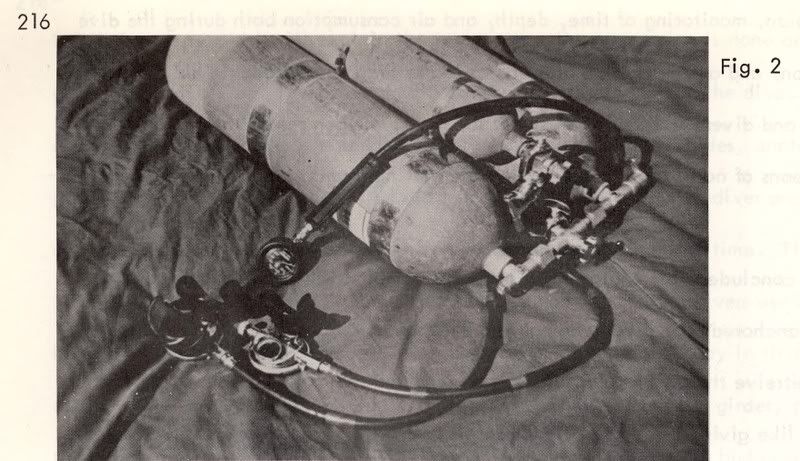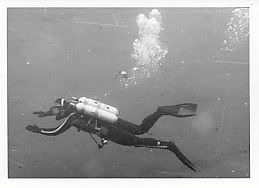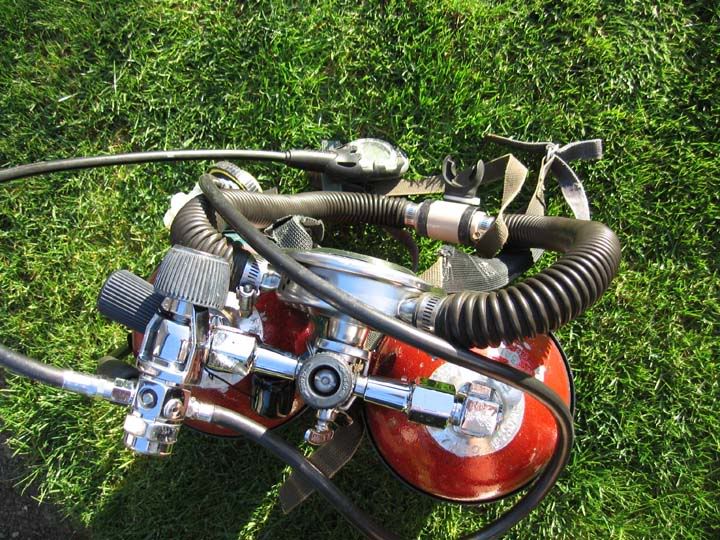oldmossback
Contributor
Thanks Elmer for that update.......now I can truely say I do know of DH failures..........however, these were not due to the design or manufactured assembly but; by your admission; your hand or age of the equipment..........either can happen.
Your last example is however the best......you had a spare air.......I'd rather have that than a octo.........but I don't.
I did buy my son a 19cuft pony bottle for this reason........his dive buddy failed to maintain contact while my son was breathing off her octo. She fell away into the gloom of our muddy Texas lakes...he made a free accent from 70ft.....so much for buddy breathing off an octo..........watching his spg would have prevented this.
As I stated previously, I believe the octo is for the other guy who is outta air..........and but for one exception, this reason alone do I carry a octo.. and this; like DH buddy breathing requires training and practice for this to work.....but it beats the OoA diver jerking your mouthpiece; single or double; outta your mouth with you having nothing to back it up.......
I dive alone more now than I did when I was younger.........and believe me I watch my SPG like a hawk! And while I test my theories with my experimental Mk2 and Mk3's I carry that octo for backup like you...but not for regular diving fun......but a small pony bottle would still be better.......maybe I'll get one this year............
Your last example is however the best......you had a spare air.......I'd rather have that than a octo.........but I don't.
I did buy my son a 19cuft pony bottle for this reason........his dive buddy failed to maintain contact while my son was breathing off her octo. She fell away into the gloom of our muddy Texas lakes...he made a free accent from 70ft.....so much for buddy breathing off an octo..........watching his spg would have prevented this.
As I stated previously, I believe the octo is for the other guy who is outta air..........and but for one exception, this reason alone do I carry a octo.. and this; like DH buddy breathing requires training and practice for this to work.....but it beats the OoA diver jerking your mouthpiece; single or double; outta your mouth with you having nothing to back it up.......
I dive alone more now than I did when I was younger.........and believe me I watch my SPG like a hawk! And while I test my theories with my experimental Mk2 and Mk3's I carry that octo for backup like you...but not for regular diving fun......but a small pony bottle would still be better.......maybe I'll get one this year............







 I would swim up ^
I would swim up ^ 